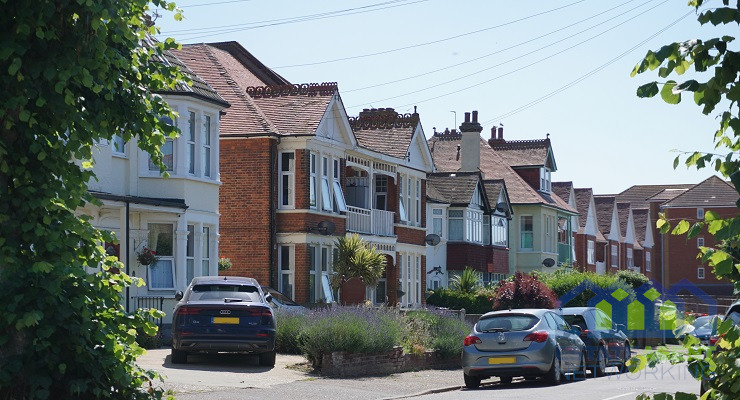Breaking Property News – 19/07/2023
Daily bite-sized proptech and property news in partnership with Proptech-X.
In June 2019, there was 370,000 properties to rent out, now it is only 241,000 – according to 20Ci.
There are now a third less properties available to rent, than four-years ago if you use a private landlord. A small percentage of this is due to the fact renters are staying longer in their existing tenancy, typically a year and two-months longer, with an average tenant staying in place for four-years and eight-months. Which means there is less housing stock.
But it is the much heralded mass exodus of landlords that is compounding the problem, and with less stock comes rising rental prices, putting even more pressure on those who do not own their own home, or rent through a housing association.
Private landlords have in recent years been subjected to numerous regulations that has increased the cost of letting property, SDLT with its extra 3% levy has become an albatross too, but the straw that has broken this particular animals back is the cost of financing or re-financing rental inventory. At present the best rates on a two-year commercial deal stand at close to 7%, with this likely to rise in August if the Bank of England ramps rates by 0.25%.
So just as tenants are being priced out of the market, so too are landlords, the cost of being a landlord, plus the spectre of unfriendly landlord statutes likely, and perhaps a change of government who may bring in other measures favouring tenants, all means that Margaret Thatcher who kicked off the present PRS system has now seen Mr Gove consign the industry to misery for all stakeholders.
Average rents according to the latest data from 20Ci are up by 23% in the four years, so that should cushion some of the economic pressures for landlords, but those extra costs of running let property, and fiancing them means that many landlords are close to break-even, and are looking to sell before they are forced to.
Also with interest rates so high, putting hard cash into other vehicles, is being seen as a better way to hedge inflation, and also get away from the clutches of mandated new charges from central government. For those who have been watching all of this play out for the past ten years, feeling that government has always favoured institutional landlords, the typical private landlord has a portfolio of just 1.8 properties, with 5% of the PRS being dominated by some big players, maybe that is going to be the trend.
The worry here is that housing associations, big aggregations of rental portfolios are themselves ranking as being the poorest in terms of the service and the accommodation on offer to tenants in the UK. Grenfell being a classic example, or the fact that 12% of housing associations have sub-standard housing stock, yet tenants are paying or in some cases the tax payer is subsidising the whole equation. With numerous housing ministers and housing secretaries failing to put together a cohesive plan, the only certainity is that the PRS is going to become a place where fewer people can seek a home.
Last year 533,000 properties were sold subject to contract, now only 420,000 are under offer for the same period
Just as the rental sector is contracting so too is the residential sales market, a barometer of which is the ‘pipeline’ of national UK sales. At this point last year, adding together the number of properties sold subject to contract by all agents it was well over half a million, now it is only 420,000, a large decrease of over 20%.
What this means is three things: estate agents are going to earn less money as they will see fewer exchanges, it will take vendors longer to sell their property, and interest rate rises more than anything else can freeze a market quickly, but it can take years to remove this chill.
As we hit the annual two-month holiday cycle, housing transactions usually slow, but what is critical is the amount of property that is already in the ‘pipeline’ as it contributes to the usual annual amount of completions typically 1.25 M give or take. As the pipeline is much lower than last year, and typically the second half of the year is a gentler repeat of the first six months, this could translate into perhaps a 25% annual decline in completions.
The knock on effect is we are already seeing homebuilders going out of business and large homebuilders reigning in their builds and looking to offer financial discounts to move sluggish stock. The removal of help-to-buy has really hit the share prices of these darlings of the stock exchange last year. The biggest losers undoubtably are going to be estate agents with their fixed costs and dwindling revenue streams, with Q4 of this year, and then Q1 of 2024 being critical to if they can trade safely through.









